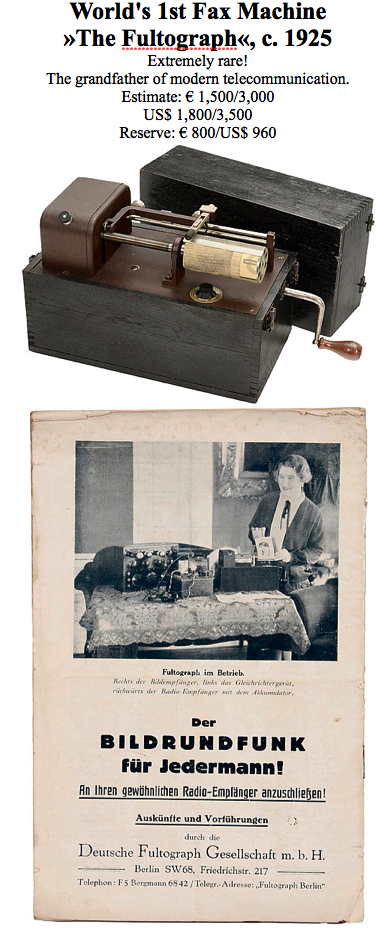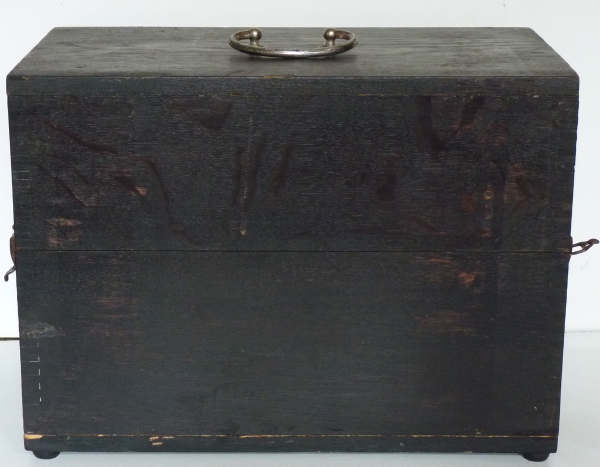

Fultograph Receiver This is a rare but incomplete example of an early form of Facsimile machine which is housed in a dark oak two part box dates from 1928/9. On the left in the view below can be seen a metal drum on which an elctrosensitive paper is intended to be attached with a clip. The baseplate is coated with a brown crackle finish as is the cover [removed] for the mechanism. The drum is rotated via an electric clutch by the large clockwork motor below the chassis [see third picture]. The stylus through which the electrical marking signal is passed to the recording paper is traversed across the length of the drum via an extremely fine screw thread on the rotating shaft. As the mechanism rotates contacts seen on the right open and close, the coil is wired through a set of contacts which provide a pulsating signal. The wiring which is in a poor state is connected to a mutliway socket. The clockwork motor is not working as the spring is either broken or not properly engaging. The multiway leads were intended to connect to another electronic valve based instrument, the leads for the latter are labelled HT LT and GB.
This is one of many instruments collected by Jack Davidson C Eng FIEE which I have been given by Dr Graham Winbolt. I am indebted to the Forum members at www.vintage-radio.net for identifying this piece of history.
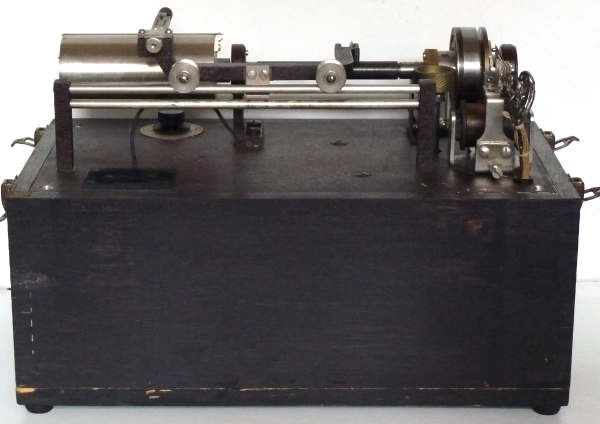
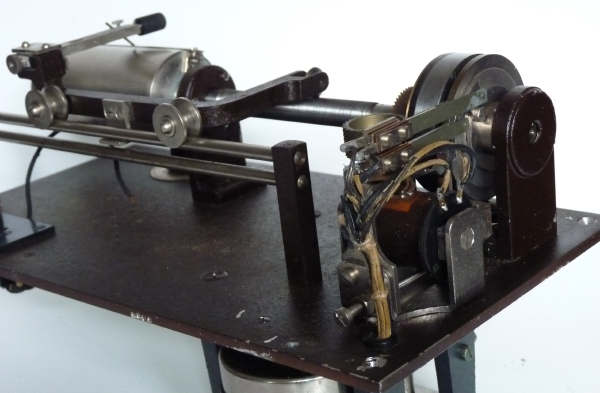
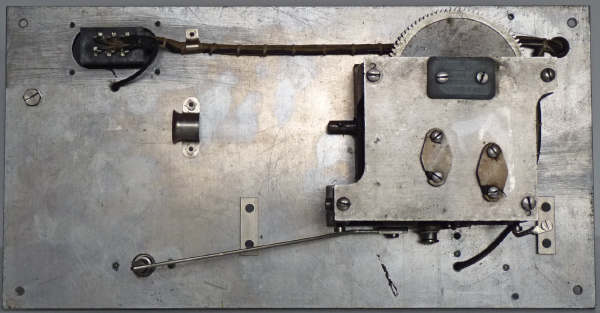
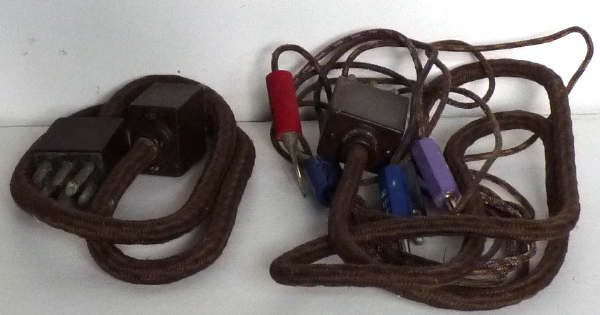
Theory of operation
The system was designed to attach to an ordinary radio set in place of
the loudspeaker and to produce pictures on paper soaked in potassium
iodide and starch. The electric current released the iodine which
initially would be purple but then turn brown. At the transmitter a
transparent picture would be scanned with a light source an photocell
to produce a sequence of audio pulses. To complete the system a box
housing a triode valve acting as a rectifier and a relay would have
been needed. More information [in German] can be found here and
here
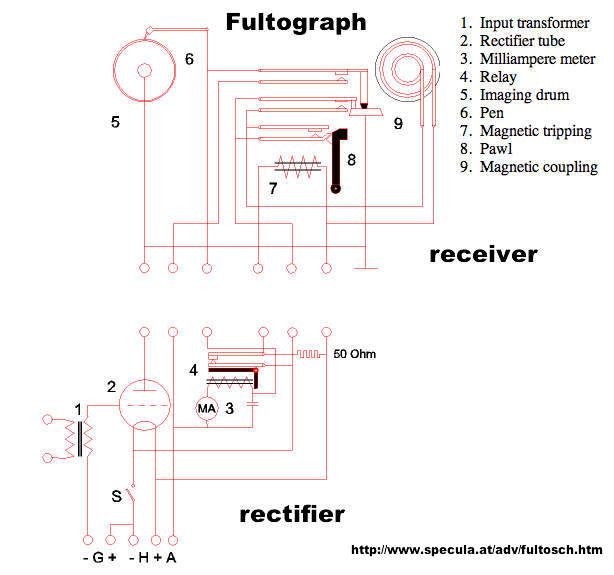
History
Captain Otho Fulton (1866/7-1937) of Sundridge Park in Bromley, Kent.
who applied for patents for this system in 1927. In association with
the well established instrument maker, W Watson and sons set up
Wireless
Pictures (1928) Ltd to manufacture and market the system. The system
was very expensive and although the BBC and other broadcasters
supported the system with experimental transmissions, because of it was
expensive the firm only lasted a few years and was eventually eclipsed
by the advent of television. The mechanisms appear to have been made by
Deutsche Fultograph GmbH, Berlin and Vienna, W. Watson and Sons of High
Holborn London WC1 had a factory at Bells Hill High Barnet, London.UK gracesguide.co.uk
Auction
On this auction site (April 2015) you will see another example: http://auction-team.de/new_highlights/2015_04/tc/005.html
